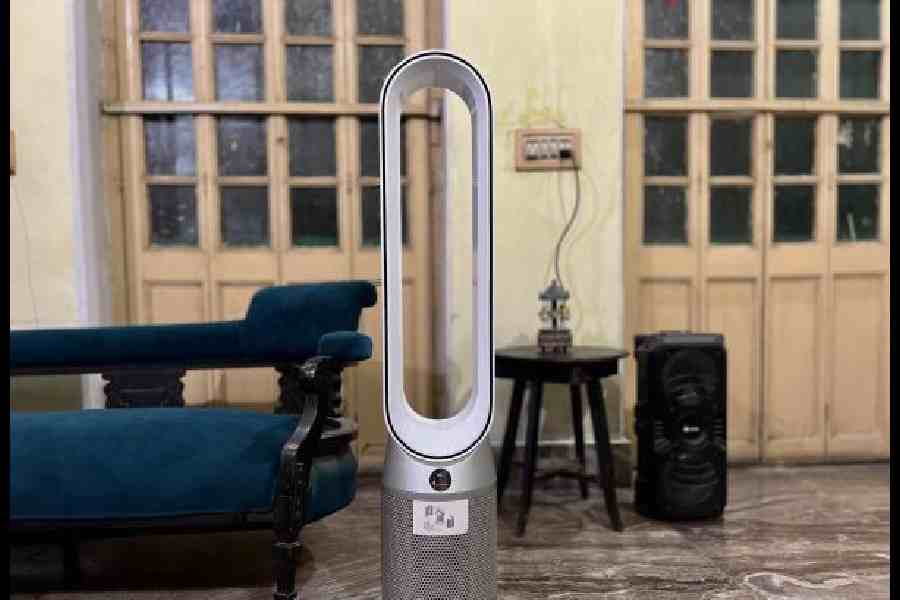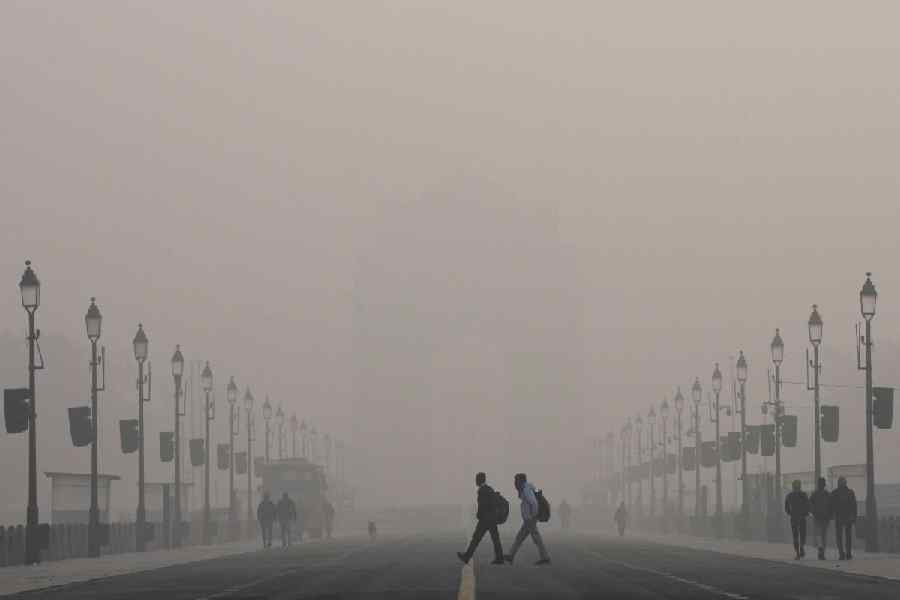How bad is indoor pollution? And is it worse than outdoor pollution? Dyson, known to manufacture some of the world’s best vacuum cleaners and air purifiers, in its first Global Connected Air Quality Data project analysed indoor air quality information collected by more than 2.5 million Dyson Purifiers from 2022 to 2023 to landscape air quality in real homes across the world, breaking down pollution into gas and particle pollutants, and profiling trends over days, months, seasons and the full year. The data comes from Dyson Purifiers connected to the MyDyson app; the volume of data exceeds half a trillion data points and paints a precise picture of indoor air quality in cities and countries globally to help build understanding and awareness of indoor air pollution.
Well, India recorded the highest average annual PM2.5 levels globally and as pollution peaks in the winter season, especially in Delhi, indoor air gets 48 per cent dirtier. Here’s what Salman Faris, Dyson air quality data scientist, told t2 over email.
How does Dyson’s Global Air Quality Connected Data project gather indoor air quality data from millions of Dyson purifiers worldwide?
Dyson air quality data scientists analysed more than half a trillion data points to profile indoor air quality on a large scale, covering 39 countries (including India) and 44 cities (such as Delhi and Mumbai), showing the patterns of indoor air quality through a typical day, month, and year. These machines anonymously record air pollution levels including particle pollution (PM2.5 and PM10) and VOCs. Each connected purifier continuously monitors and records indoor air quality parameters, sending real-time data to Dyson’s centralised database. This data includes information on pollutant levels, usage patterns of purifiers (such as operational modes and timing), and geographic location.
Depending on what the data scientists are investigating, certain filters will be applied to the data. For example, when performing air quality computations, we remove any data points where the machine is actively purifying or in auto mode to avoid skewing the dataset. The goal of the project is to provide a real-life view of air quality in real homes, so we don’t want the air to have been cleaned by the Dyson Purifier — hence choosing machines that are not purifying. All air quality data is stored separately from the owner’s personal data.
By aggregating and analysing this vast dataset, Dyson identifies air quality trends, pollutant hotspots, seasonal variations, and behavioural patterns related to air purifier usage. This insight enables Dyson to develop more effective air purification solutions and provide valuable information to users.
How does indoor air pollution differ from outdoor air pollution, and why is it important to address both?
Indoor air pollution and outdoor air pollution are distinct yet interconnected phenomena. There may still be a lack of awareness around indoor air quality, as many perceive that only outdoor air is harmful. However, indoor air can be worse than outdoor air pollution. According to the Dyson Global Connected Data, in cities like Delhi, specifically during October and November, indoor air quality (AQ) was reported to be worse than outdoor air quality. This is because contained areas enable potential pollutants to build up more than open spaces. As our homes and workplaces become increasingly well-sealed, it may seem like we are shutting pollution out. But research shows that we are actually trapping pollutants indoors. We spend 90 per cent of our time indoors, and many activities that we undertake inside our homes and workplaces release gases, particles, debris, and other contaminants into the air, contributing to poor indoor air quality. For instance, air fresheners and deodorants can contain VOCs and benzene, which can be released with the fragrance when sprayed, and cleaning products can contain benzene and household fumes, deteriorating indoor air quality.
Indoor air quality management strategies, including the use of air purifiers, proper ventilation, and minimising indoor pollution sources, play a vital role in reducing exposure to harmful pollutants and creating a healthier home environment. Some air purifiers can remove gases and odours while capturing up to 99.97 per cent of allergens and pollutants as small as 0.3 microns.

Salman Faris, Dyson air quality data scientist
What are some common sources of indoor air pollution in Indian households, and how do Dyson purifiers address these sources effectively?
Many objects throughout our homes and workplaces can contribute to poor indoor air quality by releasing gases, particles, debris, and other contaminants into the air. Homes are equally susceptible to becoming contaminated by outdoor air pollution, as indoor pollution sources can include a variety of factors and materials that affect the air quality inside a building or home.
Some common indoor pollution sources can originate from everyday activities such as cooking, using household cleaning products, burning candles or incense, and smoking tobacco products, all of which emit VOCs. Additionally, NO2 can enter indoor spaces from outdoor sources such as car emissions when windows are open. Particulate matter from pets, pollen, and dust also contributes to indoor pollution. Even sitting on a sofa can reintroduce dust pollutants into the air.
Dyson’s latest air purifiers have HEPA and activated carbon filters that meet the H13 standard and capture 99.95 per cent of particles as small as 0.1 microns, as well as particles such as allergens, bacteria, pollen, and mould spores. They also automatically detect airborne particles and gases and simultaneously report to the LCD screen in real-time, encouraging well-being and maintaining comfort levels in the room. Using the cone aerodynamics technology, the machine can project purified air to every corner of the room.
How does Dyson ensure the accuracy and reliability of the data collected from its connected purifiers, especially considering factors like outlier machines and varying usage patterns?
Dyson ensures the accuracy and reliability of the data collected from its connected purifiers through rigorous data cleansing techniques to identify and remove outlier machines from the dataset. For instance, machines that exhibit unusually high or sustained high particle pollution readings, not consistent with the broader trend in a given region, may indicate sensor blockages or other issues and are thus excluded from the analysis. By eliminating such outliers, Dyson ensures that the remaining data accurately reflect real-world air quality conditions.
Further, Dyson considers the usage patterns of its purifiers when analysing the data.
Mathures Paul











